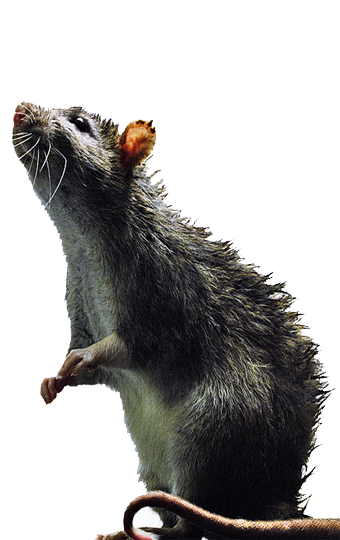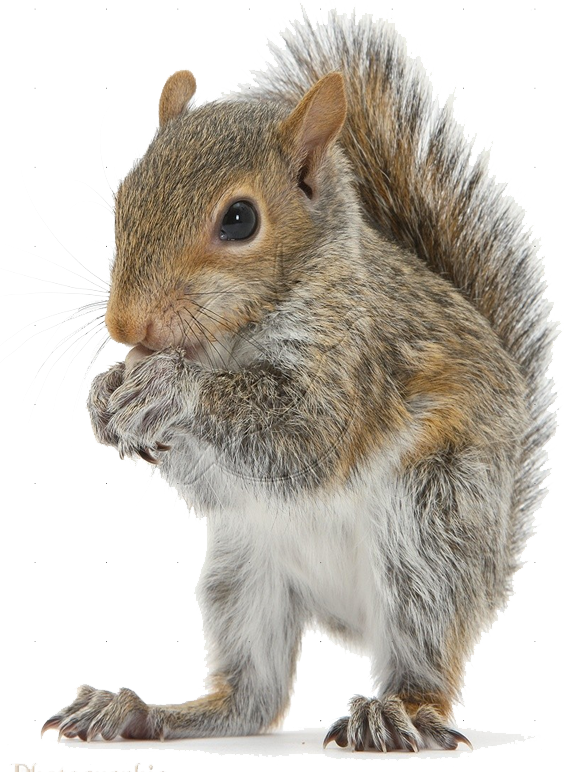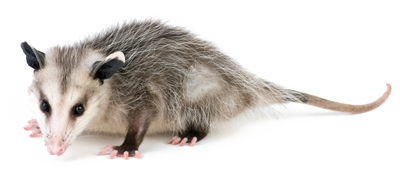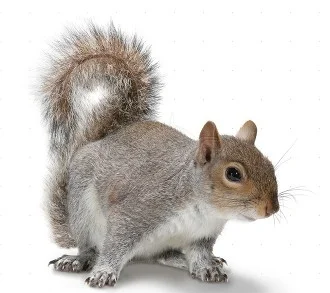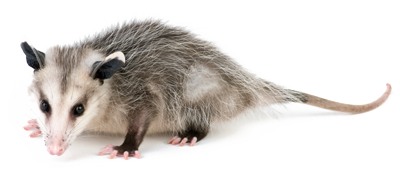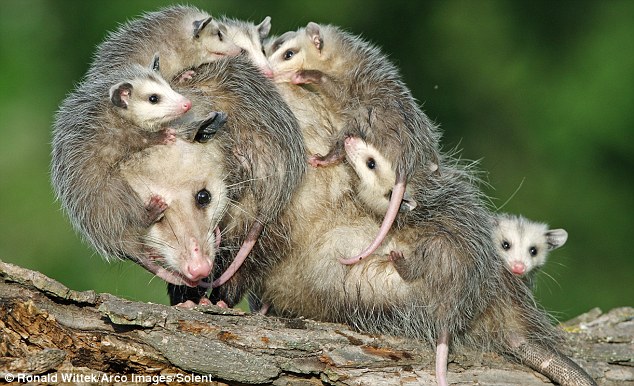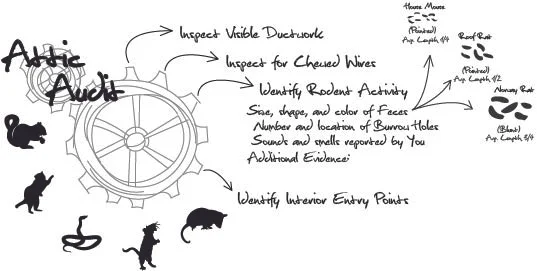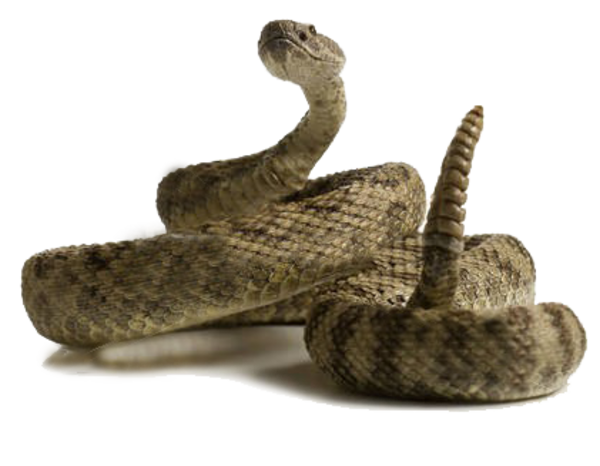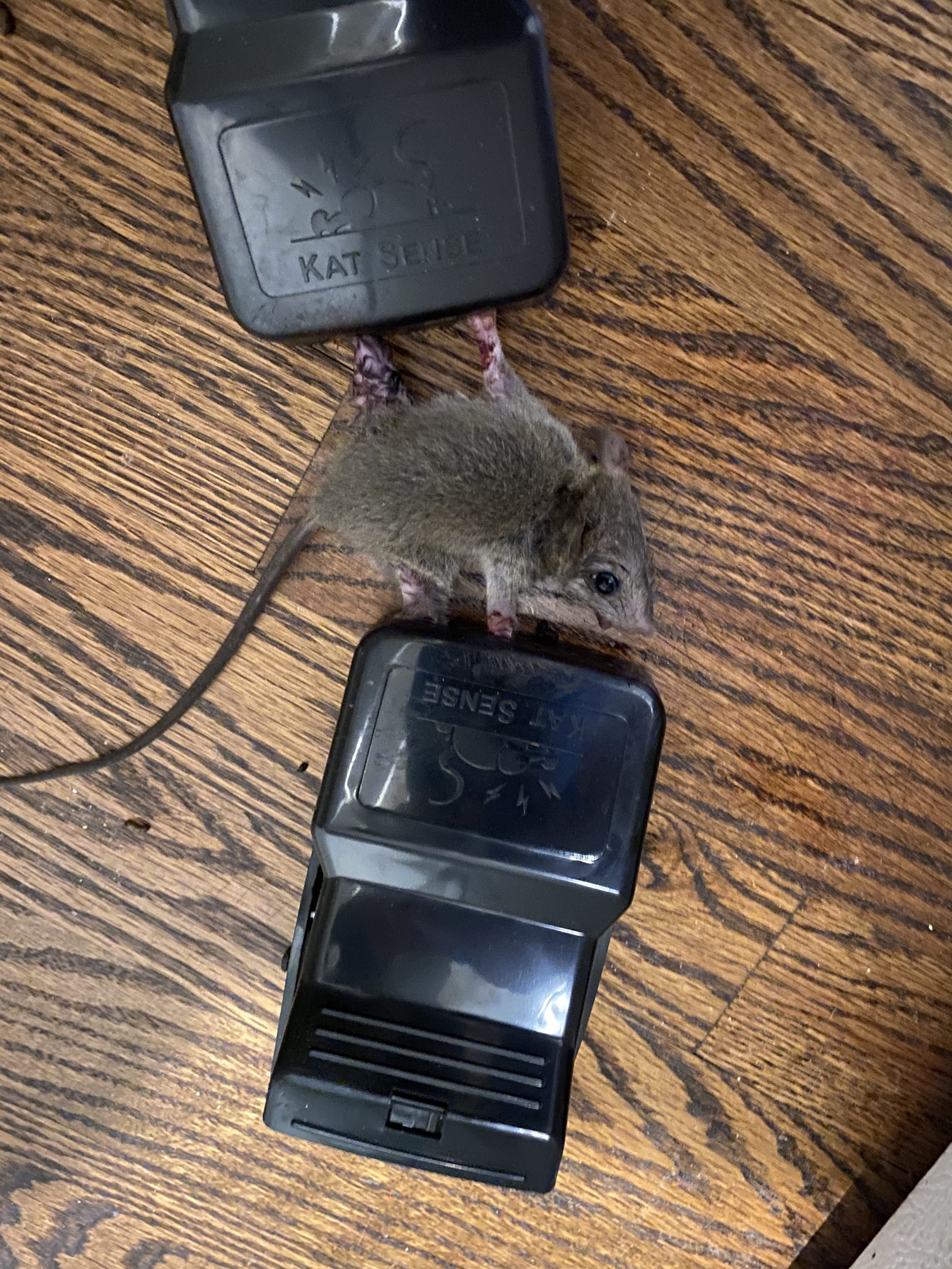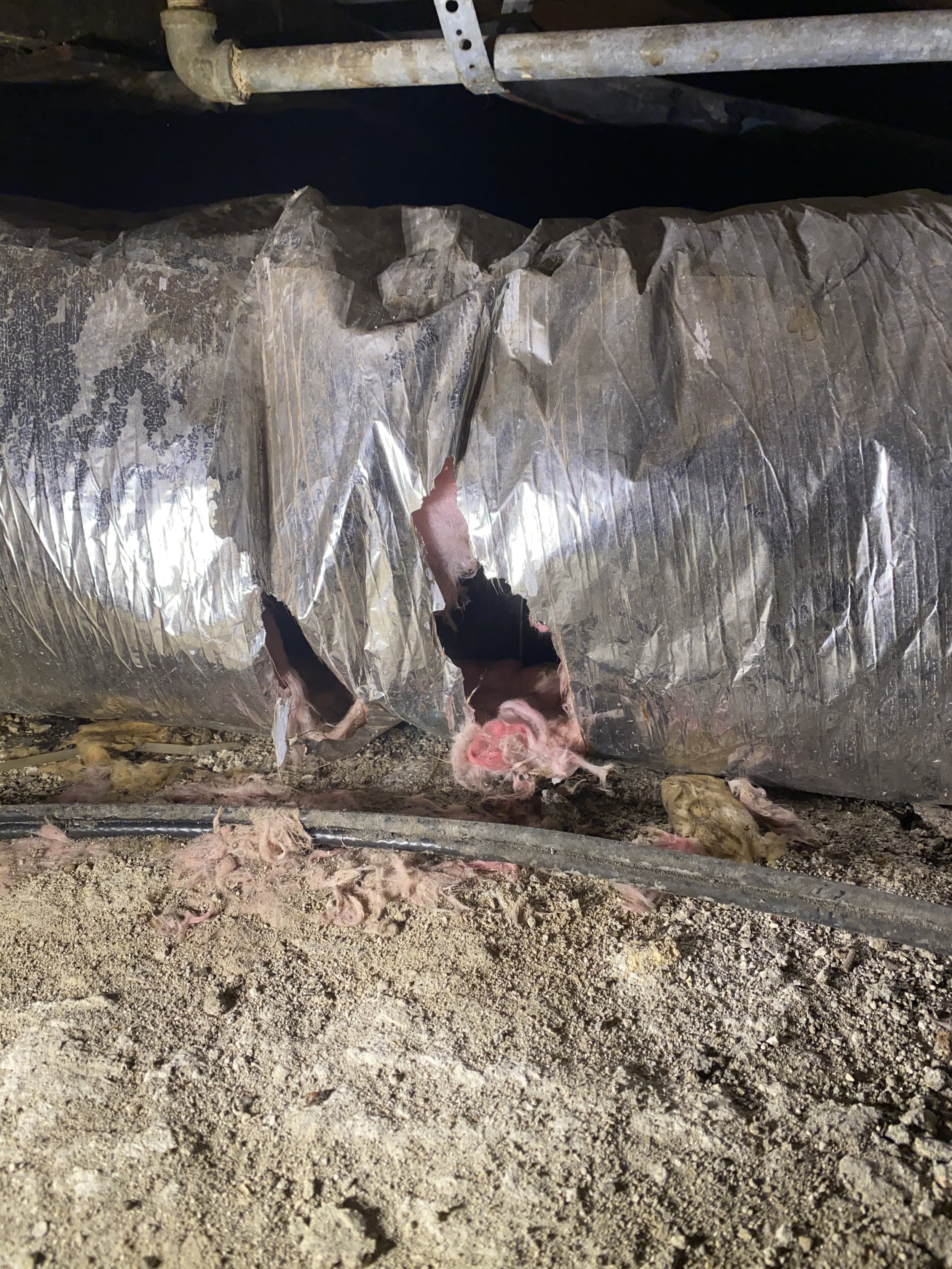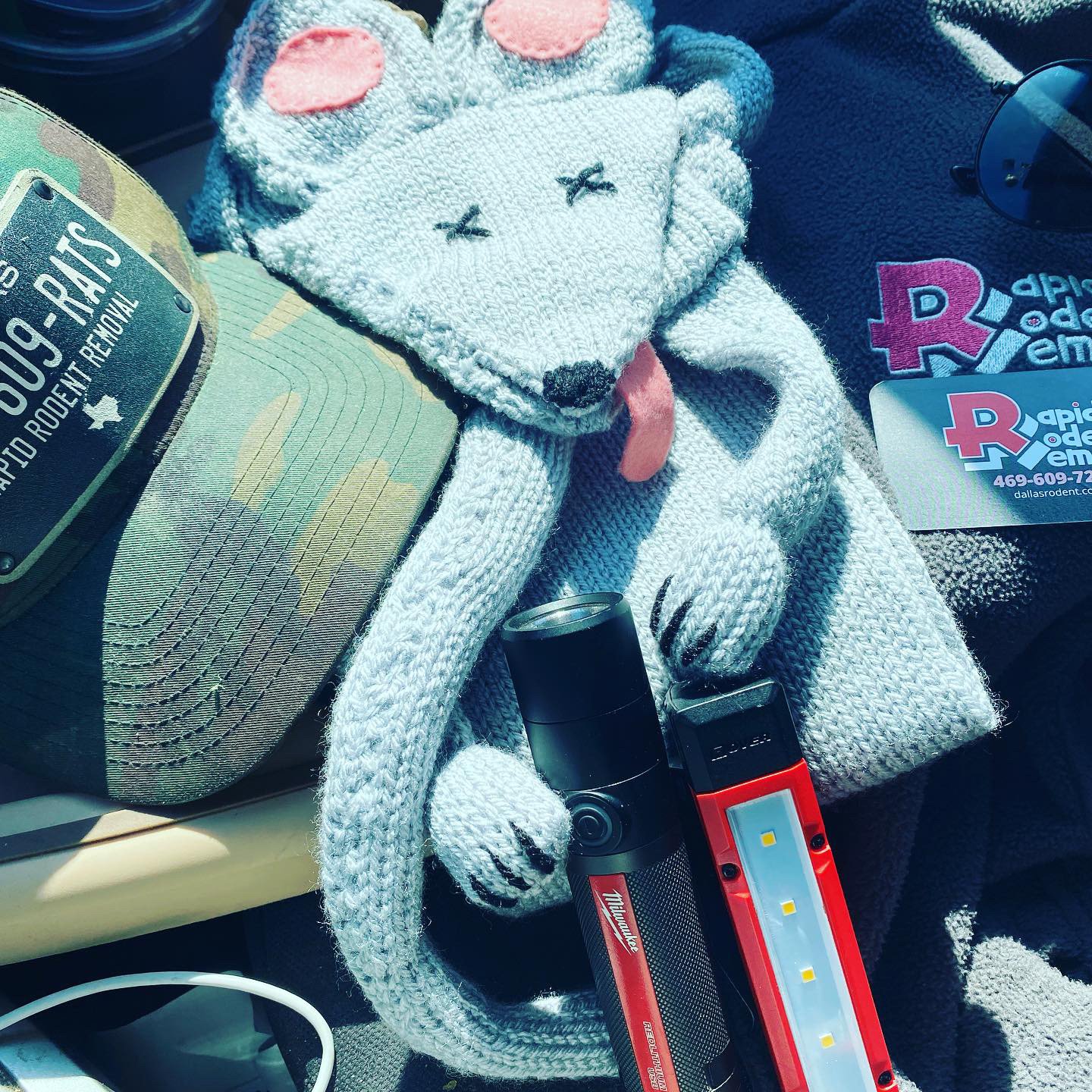Raccoons behaviour is to nest in trees or chimneys if the have acesss to the roof
Like most other wildlife that may intrude on your property, there are several health risks that go along with having raccoons in your area, including raccoon poop , urine and feces, raccoon attacks, transmitted diseases, injury to pets and children, destruction of property, and fire hazards.
Raccoons transmit several diseases through their urine and feces, including:
Raccoon Roundworm
Leptospirosis
Salmonella
If you get bit or scratched by a raccoon you should go to a doctor to get checked for rabies immediately as this virus is carried in a raccoons saliva.
Never attempt to remove raccoons from your property alone, especially if the raccoon has babies or is acting in an unusual or aggressive manner. Always call a Wildlife Expert to help determine the best plan for raccoon removal. Call Rapid Rodent Removal now for a free inspection and individualized raccoon Removal plan.
RACCOONs in your home? INFORMATION
Raccoons are mostly nocturnal animals but may sometimes be heard during the daytime. Baby raccoons are extremely vocal – if you hear growls, a sort of chattering, whistles, screams, hissing, or snarls you probably have a family of raccoons living in your attic. You may also hear a heavy thumping sound. Raccoons are bigger and heavier than rats or squirrels so they will move slower and have a heavier sound.
Raccoons are not considered hibernators, however they become significantly less active beginning around October and only reemerge in early spring. A raccoon’s mating season is from January through March, with a female raccoon giving birth to between 4-6 young. They will begin to hunt for themselves between 9-12 weeks of age but may stay with their mother up to a year old. Be wary of a mother raccoon with her young as she will tend to be extremely aggressive to protect them.
Raccoons are omnivorous and opportunistic so they will eat anything they can get their hands on. It is not uncommon to see raccoons eating fruits, nuts, berries, insects, rodents, frogs, eggs. In urban and suburban areas they are known for foraging in trash cans. Raccoons are also frequently caught eating pet food that is left outside or in garages.
Raccoons usually live in dens that they have made in trees or sewers. However, raccoons are more and more frequently choosing to make their dens in attics as it provides shelter, warmth, and safety for their young and themselves. They will burrow into your insulation, chew on wires, tear holes in the sides of your house, and even come down into your home if you have food that is not tightly stored. They have also been known to make their dens in and around chimneys, which causes several problems including people in the home inhaling urine and feces, or the raccoons getting stuck and dying.
Trash cans Pet Food, Bird Feeders, Chicken Coops and Gardens wont be protected by fences
Fun fact – A raccoon’s paw has an appendage that acts as a thumb so they are able to get into more than you would think!
Think you have a raccoon in attic or garage? Call us at Rapid Rodent Removal for a free inspection and personalized Raccoon Removal Plan.
Dont do-it-yourself hiring a wildlife exterminator for trapping, ticks and attic decontamination at your property
Is there walking on your roof at night?
Do you hear banging or something playing in your attic?
Do you hear chirping from your attic?
Notice raccoons in your yard?
If so, you might have raccoons in the attic, and very probably likely, some amount of Raccoon damage inside your attic.
Raccoons in the attic can cause thousands of dollars in damage, From soiled insulation, to ripped up ductwork. Piles of fecal matter which will build spores, become absorbed into broken ducts, and enter your living space will cause an illness. The latrines are recommended to be removed. The pheromones will attract other animals inside the attic. Diseases are also always an issue with raccoons living inside the attic. When dealing with raccoons, potential risks such as parasite roundworm and zoonotic diseases can pass from mammal to human. Proper equipment is recommended. In some cases the entire insulation might have to be removed depending on the severity of the problem.
.
Raccoons generally give birth during the springtime, but there are cases were it bleeds into summer. The kits will become very active during summer months. It’s always best to have the mother raccoon remove her babies herself, opposed to trapping her then removing the babies. Most of the time the babies will be in the far back corner of an attic. It can be difficult getting to those babies.
Removing a mother raccoon and leaving her kits inside the attic will cause the kits to scream for their mother. They cause a yelping, chirping sound. If you ignore the babies they will die inside the attic and now you’ll need dead animal removal services. They can be easy or very difficult to find inside the insulation depending where they are located.
Expert wildlife pest animal inspection
Using raccoon eviction fluid is the single best way to remove raccoons in the attic. If you have a pregnant mother raccoon, or a mother already with babies, this method is best for you and the raccoons.Boar male raccoons will kill raccoon kits to stay the dominant raccoon in the neighborhood. Sometimes just a properly placed trap will motivate the mother raccoon to move her family elsewhere.
Get on the roof and seal up all points of entry except the main one. It’ll have more evidence than the other entry points.
Give mother raccoon a few days to remove her kits.
Monitor the main entry to identify if raccoons have left the attic. If the areaway was bothered, the hole can be lightly covered again. If it had not been bothered for three straight days, you have either been successful at getting rid of them or trapping the raccoons inside your attic.
You probably have a raccoon in the attic. But, never discount the fact that it might be an opossum, squirrel or even rats. We get calls all the time when homeowners assume something HUGE is in their attic but we find rats, or squirrels even. Rats have a tendency to chew on light fixtures, pipes, ducting and the like, all which will reverberate to amplify the noise. Most think they’re raccoons in the attic, but really it’s a rodent issue. Look for points of entry, if you don’t have any 2 1/2 inches or bigger, you most likely have rodents.
“Trap mother raccoon”
This method can be accomplished but I recommend hiring your local wildlife operator as you need the proper equipment and knowledge to do so.
Listen for babies, they chirp, and believe me when I say this, you will notice.
Find the point of entry and set a trap as close as possible- button up the trap against the hole if you can.
If you trapped a mother raccoon, it’s crucial to go inside the attic to remove the babies.
If you can’t set a trap near the point of entry then lay a trap near the tree or fence that leads to the roof.
Raccoons are adaptive to their surroundings and human neighbors. They have learned that garbage cans and dumpsters are excellent sources of food, and that attics and chimneys make an excellent habitat. Raccoons have narrow hips and flexible rib cages that allow them to enter holes only 4.5 inches in diameter; enabling them to breach your home or building through soffits, roof vents, attic fans, roof boards, and utility lines. A mother raccoon will often tear a hole in a roof to access an attic, where she and her litter will cause quite a lot of damage and make a lot of noise. Raccoons are also very strong animals; tearing insulation off pipes, destroying ductwork, breaking screen doors to access pet food, and they can use their thin, nimble hands to manipulate a variety of items, including turning handles, opening cans, untying knots and unwrapping objects.
Raccoons are common carriers of rabies and leptospirosis, a bacterial disease caused from contaminated water, food, or soil containing feces or urine from infected animals. They also can carry canine distemper, which can harm or kill your dog. Raccoon feces may also contain roundworm, which, if the spores are inhaled by humans, can cause serious infection or in rare cases death. Raccoons have been known to occasionally contaminate swimming pools by defecating and urinating in them. Even if a particular raccoon is not carrying any of these diseases, there is always the possibility of getting scratched or bitten. When it comes to raccoons, it is best to leave it to the professionals for safe removal and exclusion
Feeding habits
Raccoons can feed on almost anything, but they are more fond of creatures that are mostly found in water like crayfish, clams, fish, snails and frogs.
They also like to eat insects, birds, birds’ eggs, seeds, nuts, vegetables and fruits. They are great climbers and can easily get inside your house. When present in an urban area, they can often be seen eating pet food, garbage, squirrels, mice and rats.
You will can be sure of a raccoon’s presence whenever you notice raided garbage cans, damaged gardens (especially the vegetable plots), scraped out freshly laid sod, holes dug in your lawn or hollowed out watermelons.
Nesting pattern
During the spring time, the problems from this animal become more eminent, as it is their nesting season. In the quest of a nice warm den, they may often enter the attic of your house or an uncapped chimney.
Even if you have adequate safety measures to protect your house from raccoons, they will find a way in if they wish to do so. If they are living in your attic, they may ruin your insulation, damage the electric wiring, leave strong odors and litter the floors.



